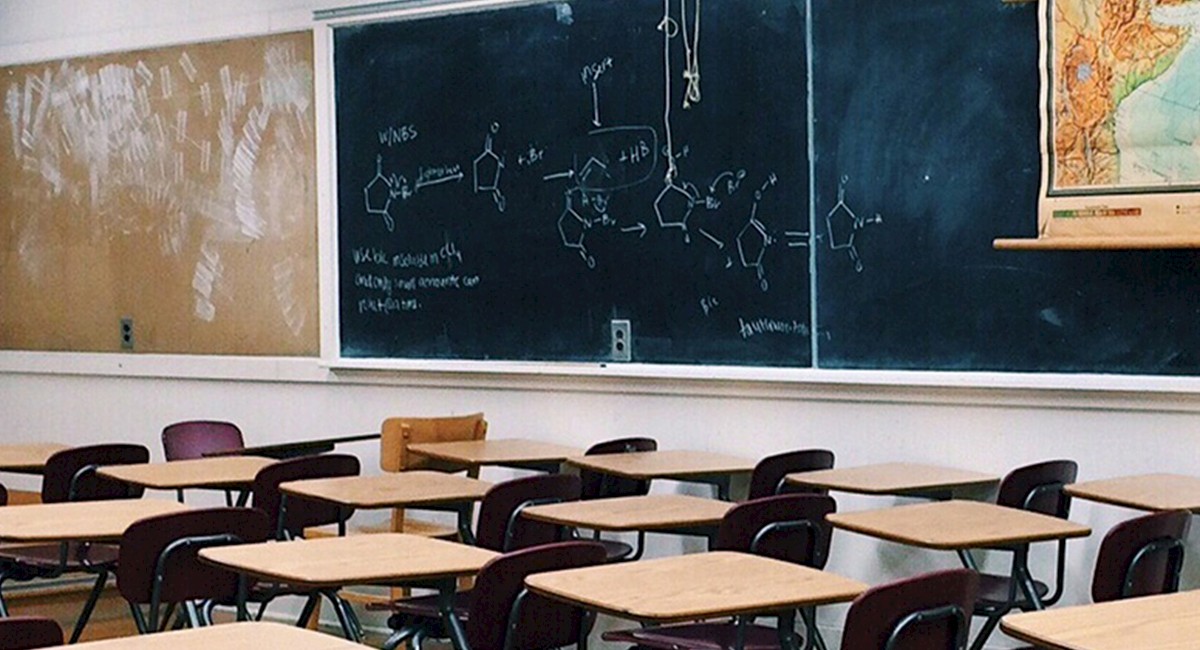
Communicating the New Challenges of Back to School
Originally shared in the Buckeye Association of School Administrators (BASA) newsletter.
As educators across Ohio prepare to head back to school, they will face a school environment that looks and acts markedly different than it did just a year earlier. To align with those changes, it will be essential for districts to have a well-defined and well-executed communications program.
Our ways of connecting have changed, our audiences have changed, and so must our conversations. Whether it is internal messaging to teachers and staff or external communications to students and families, finding the right words at the right time will be the difference maker. Districts face three distinct and unique communications challenges – financial, health and safety, and reassurance.
Navigating financial conversations
School funding has always been an issue, but today’s conversations about finances must consider new factors. The first is the general recognition that the economic picture for our local communities has changed from six months ago. Unemployment rates are higher, many businesses are operating at limited capacity, and communities, industries and state governments are still working to financially recover.
In Ohio alone, the cost of responding to a pandemic have devastated the state budget and resulted in a deep dive into the rainy-day fund. This has led to cuts at all state agencies, including cuts announced by the Ohio Department of Education in early May, which now have trickled down to the state’s school districts.
Complicating this even further is that districts planning on new levies as a means of addressing funding challenges now must determine whether this is a viable approach. In this time of economic turmoil and high unemployment, is bringing a levy request to the community the right thing to do? And what’s the best way to communicate about it?
Driving new health and safety protocols
Navigating the changes required in operating a school district and planning for safe learning environments while the coronavirus is still present is going to be a major challenge for districts. From questions about whether personal protective equipment is required, to changes in bus transportation, and from changing schedules and class sizes to expanded hygiene and disinfection protocols, the practice of in-school learning will be more difficult.
While the logistical considerations are vast, what presents an even greater challenge are the divergent points of view on these important issues. There is no alignment across the country on what the right approach is for keeping students and teachers safe, nor will there be alignment within your own district. Understanding that there is no one-size-fitsall answer puts districts in a tough position when communicating about these practices.
Reassuring students and families
School communications have always has been about assuring teachers, families, staff and students that school environments are safe and healthy. But it takes on new meaning now in the context of a pandemic. And while schools must continue to protect students from violence, Acts of God and other dangers, we now must add virus prevention to the list.
Families and district employees alike will be worried about their health and the health of their loved ones, the possibility of a fall resurgence and the risk of continued exposure to coronavirus. Earning the confidence of all those affected will be deeply important. Doing what is right and what is necessary and following public health guidelines matters. Many will be watching, and many will be judging, how schools implement these programs. That is why having a well-defined, transparent communications strategy is critical.
Principles of communicating
While many communications for districts will continue on course, it is wise to remember our stakeholders are concerned about the economy and about their health and safety, and they’ve been living in a world that is disrupted for some time. They are seeking a normal that does not yet exist. And so, there are a few principles that are especially important when building and maintaining trust and confidence:
- Leading with values – Leaning into the shared connections we all have – health, safety, quality education – is central to values-based messaging.
- Managing expectations – Tell them what is going to happen and when, paint a full picture of what school will look like this fall.
- Being clear and transparent – This is a time for straightforward, fact-based information based on expert and public health recommendations.
- Avoiding pla titudes – The public is tired of words like difficult, unprecedented and uncertain. Be direct and use language that avoids drama.
- Communicating in short, measured bursts – Avoid long, infrequent manifestos and replace them with brief, to-the-point, frequent communications.
- Telling the truth – even when it is hard to do so. These are hard issues and being accurate and truthful will matter more than ever.
- Learning from missteps – and taking corrective actions. District reputations are shaped not just by whether they had an issue, but how well they solved it.
- Knowing what you don’t know – Recognizing that we’re all learning about life in a pandemic as we go and that we don’t have all the answers.
The road ahead is fraught with the potential for communications pitfalls. However, for districts that rise to the occasion, there is opportunity to come out of the pandemic with an even stronger bond with stakeholders.
